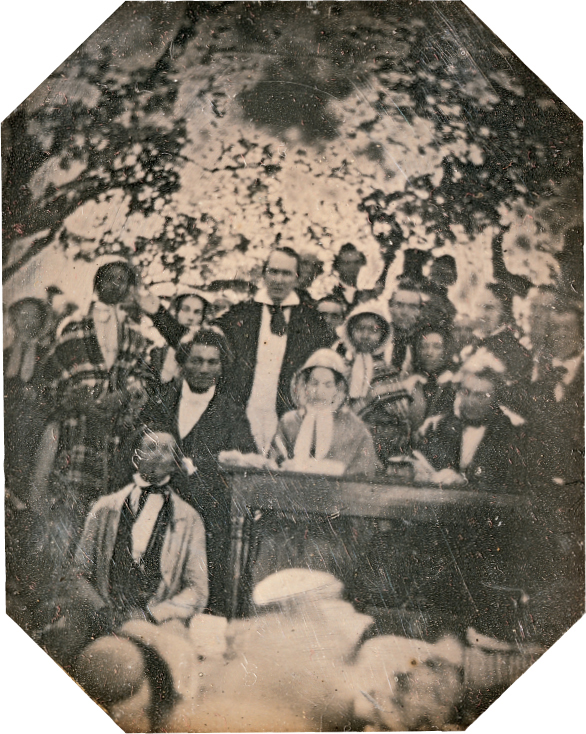How did reform movements change after 1840?
Printed Page 350

WHILE MANIFEST DESTINY, the Mexican-American War, and the California gold rush transformed the nation’s boundaries, many Americans sought personal and social reform. The emphasis on self-discipline and individual effort at the core of the free-labor ideal led Americans to believe that insufficient self-control caused the major social problems of the era. Evangelical Protestants struggled to control individuals’ propensity to sin. Temperance advocates exhorted drinkers to control their taste for alcohol. Only about one-third of Americans belonged to a church in 1850, but the influence of evangelical religion reached far beyond church members.
The evangelical temperament — a conviction of righteousness coupled with energy, self-discipline, and faith that the world could be improved — animated most reformers. However, a few activists pointed out that certain fundamental injustices lay beyond the reach of individual self-control. Transcendentalists and utopians believed that perfection required rejecting the competitive, individualistic values of mainstream society. Woman’s rights activists and abolitionists sought to reverse the subordination of women and to eliminate the enslavement of blacks by changing laws, social institutions, attitudes, and customs. These reformers confronted the daunting challenge of repudiating widespread beliefs in male supremacy and white supremacy and somehow challenging the entrenched institutions that reinforced those views: the family and slavery.
CHRONOLOGY
1840s
- – Fourierist communities are founded.
1848
- – Oneida community is organized.
- – Seneca Falls convention.
1849
- – Harriet Tubman escapes from slavery and becomes a leader of the underground railroad.
What factors contributed to the United States’ “industrial evolution”?
How did the free-labor ideal account for economic inequality?
What factors spurred westward expansion?
Why did the United States go to war with Mexico?
How did reform movements change after 1840?
Conclusion: How was white freedom in the West and North defined?
 LearningCurve
LearningCurve
Check what you know.